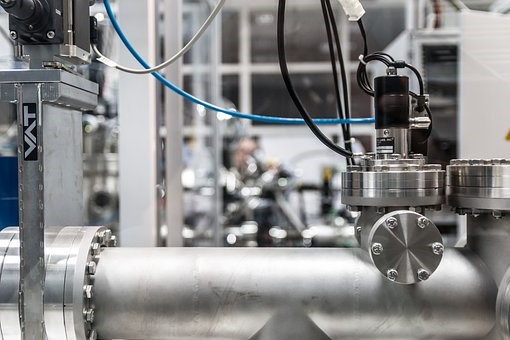Industrial and commercial buildings require large volumes of cold and hot water pumping through different facilities. The process of consistently maintaining this water flow cycle results in significant operational costs for infrastructure alone. The system usually consists of boilers, chillers, and pumps that are used to heat and cool water. Because the entire process can be costly, there is much emphasis given to ensuring that the right volume of water is supplied. Flow meters are used in measuring flow rates and volume rates of water, to measure the correct quantity of water.
Traditional design
Traditional building designs usually consist of water flow loops which use a bypass to revert water to the source when the point of use does not require water. The purpose of this bypass is to ensure that low-flow situations don’t occur at the point of use or the conditioning source. Low-flow conditions may cause mechanical damage which is why it is vital to prevent it from happening. Using a bypass is a highly effective and safe process; however, it results in water flow waste and increased energy cost.
Using variable speed to monitor water flow
Instead of using a traditional method of measuring water flow rate, variable speed equipment is becoming more popular as a better alternative to conventional bypass design. What variable speed equipment does is to match the flow of water in gallons each minute according to the building requirements. Through this method, energy waste is reduced together with wear and tear.
Types of flow meters used in monitoring
An electromagnetic or an ultrasonic type flow meter is used to facilitate the monitoring of water flow in the system. Here are different types of flow meters used in monitoring flow rates.
- Insertion type. This type of flow meter comprises a probe inserted into the pipe. The probe has an electromagnetic sensing head used in the measurement. It is easier to install an insertion type electromagnetic flow meter, and it is also cheaper to use. However, one limitation of using this type of flow meter is that it requires using a long straight pipe that is 50x the diameter upstream and there is an accuracy variance of ±2%.
- Inline type. This type of flow meter is directly installed on the pipe using a threaded connection. The accuracy variance is only ±1%, and it only requires a long straight pipe of three times the diameter upstream. An inline flow meter allows more installation flexibility than that of an insertion type flow meter.
- Ultrasonic flow meter. The working principle of this type of flow meter utilises ultrasound waves in calculating water flow. Ultrasonic flow meters are either inline or clamp-type. Clamp-type ultrasonic flow meters are useful in situations where it is not permitted to have an interrupted flow in meter installations.
These different types of flow meters help effectively monitor water flow in a variable speed system for commercial and industrial buildings. Understanding the working principle of each flow meter is essential in finding the right meter suitable for the requirements of the intended application.












